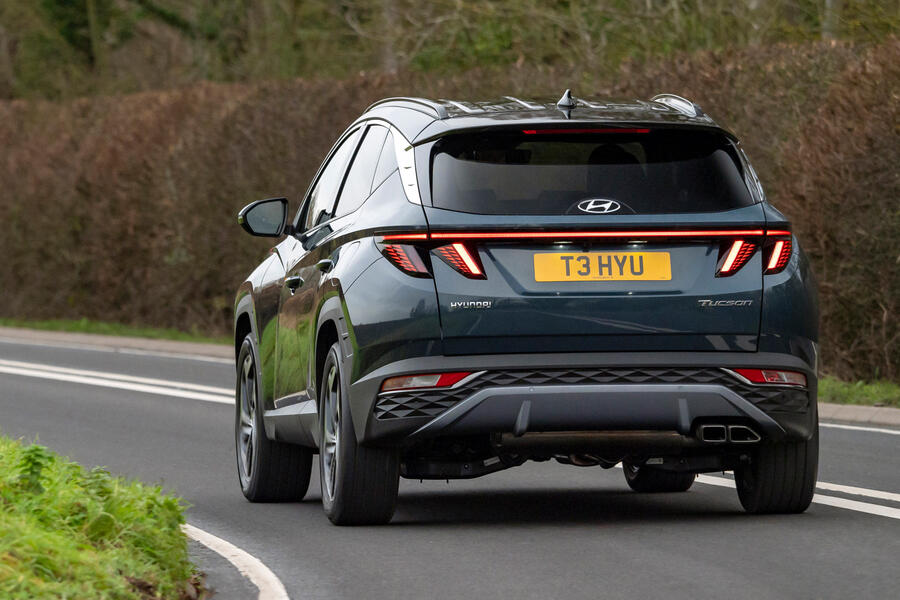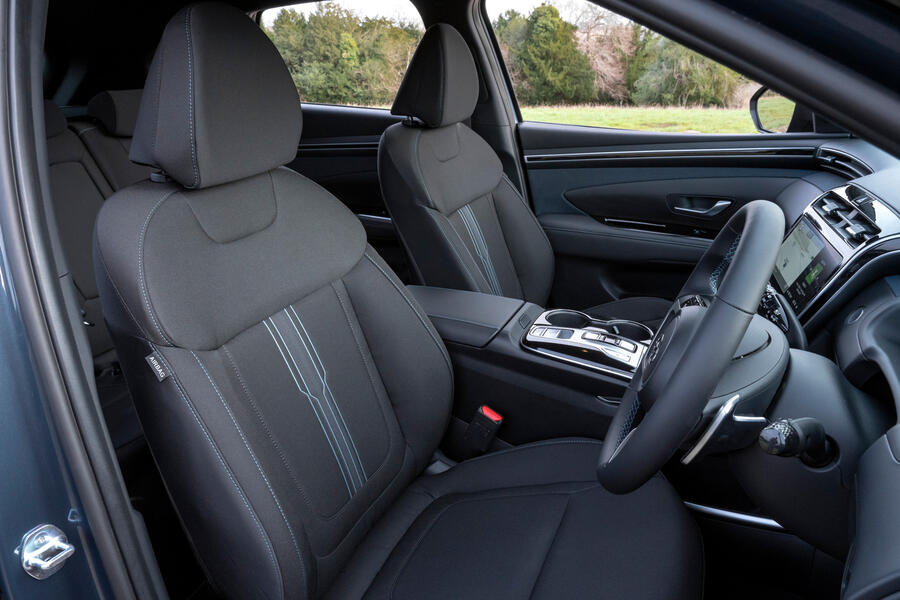What is it?
The Tucson has been a mainstay of the Hyundai line-up since 2004, steadily growing in popularity to become the marque’s best-selling model in the UK. It’s therefore not hard to see why, despite the emergence of the new all-electric Ioniq sub-brand, Hyundai still has big plans for its traditional family hauler, particularly for fleet drivers with an eye on BIK rates.
That’s where this new plug-in hybrid variant comes in, because a radical design overhaul – including the unmissable grille, with its integrated LED lighting – is not the only big development for the fourth-generation Tucson. The PHEV technology means this crossover now offers the broadest array of powertrains anywhere in the Korean giant's line-up, and pairs Hyundai’s 1.6-litre GDi four-cylinder turbo petrol engine with a 90bhp electric motor annexed to the car’s six-speed automatic transmission. Four-wheel drive is also standard, and in total the range-topping Tucson produces a gutsy 261bhp and 258 lb ft.
Naturally, it's also a heavy beast, the lithium-ion drive battery that resides beneath the rear seats helping bring kerb weight to 1924kg, making the car around half-a-tonne heavier than the standard petrol model. In terms of straight-line performance, the Tucson PHEV pays the price for this, with a 0-62mph time of 8.6sec compared to the 7.7sec of its 227bhp full-hybrid sibling. It’s also beaten by the 241bhp Tiguan eHybrid, which manages a claimed 7.5sec. The Tucson’s electric driving range of 31 miles is also only modest, matching the Tiguan to the mile, but easily surpassed by the Toyota RAV4 PHEV’s class-leading 46 miles.
Our test model is in top-rung Ultimate specification, which is equipped with 19in alloy wheels, an impressive haul of safety assist systems, a panoramic sunroof and electric seats. It also benefited from the optional Tech Pack, which adds multi-mode dampers, park assist, blind spot camera and collision assist, as well as an electric tailgate which gives way to a practical 558-litre boot, ahead of the Tiguan eHybrid, which makes do with a smaller 476-litre space thanks to the relocation of its fuel tank.

